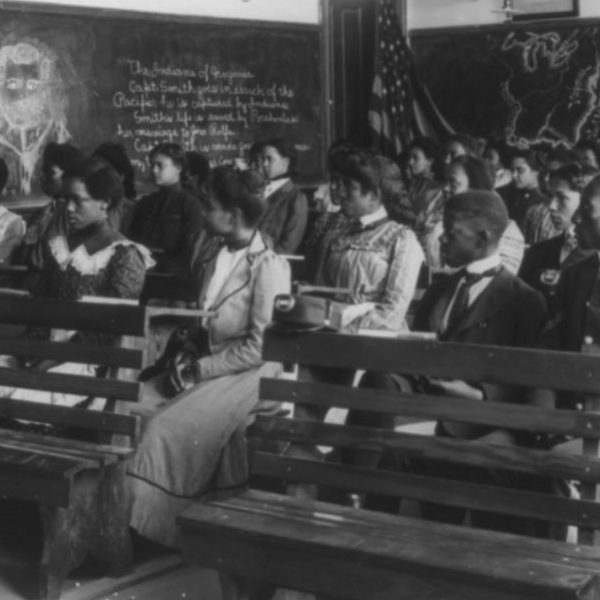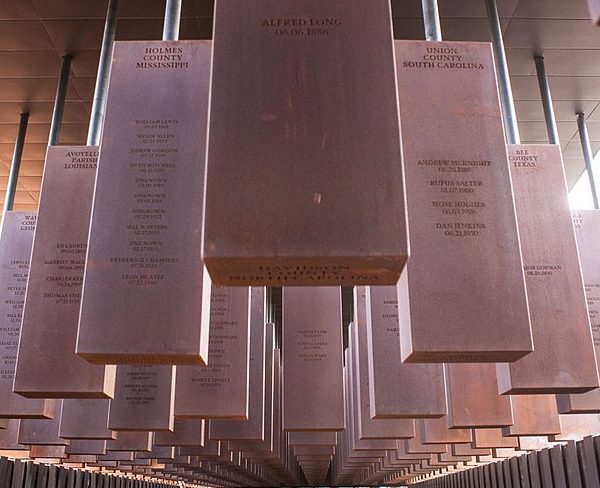Lest We Forget: Segregated Communities, Integrated Division
Sarah Underwood—
“Integration was one of the worst things to happen to black kids. We lost our community,” said a former student whose segregated Floridian high school closed in 1969. It’s nearly impossible to read that without feeling troubled. Weren’t black communities oppressed during Jim Crow? How could anyone feel nostalgic for his segregated high school? Author Stuart Buck does not agree with the first part of the student’s statement, and in no way does he advocate segregation. His book, Acting White: The Ironic Legacy of Desegregation, does, however, find evidence to support the second claim.
 Before the integration of American schools, freedmen and their descendants found safe havens in black schools and churches. While most other social settings meant encounters with whites who were often offended by the very presence of black people, schools in particular offered a chance for young black people to see principals and teachers as role models who not only had the same color skin but similar experiences. Integration relegated black pastors to menial work, and black educators were often fired altogether. The only two settings that had created a sense of community and protection for young black people became “something controlled by and meant for” whites only.
Before the integration of American schools, freedmen and their descendants found safe havens in black schools and churches. While most other social settings meant encounters with whites who were often offended by the very presence of black people, schools in particular offered a chance for young black people to see principals and teachers as role models who not only had the same color skin but similar experiences. Integration relegated black pastors to menial work, and black educators were often fired altogether. The only two settings that had created a sense of community and protection for young black people became “something controlled by and meant for” whites only.
Desegregation broke up close-knit communities, as black students were bused out to distant white schools. During segregation, black teachers had been respected members of their communities who knew parents and students and pushed their students to succeed. Of segregated schools, one black alumnus remembered, “My teachers would not accept mediocre work, because they knew that I could not function in a racist world being a mediocre person.” Nobody recalled—at least in written record—that their peers in segregated schools thought education was “the province of white people.”
Buck does not, of course, say that segregated schools were a good idea, only that desegregation brought a new set of problems. Sometime after 1965, one of these problems eventually devolved into the criticism by black students of their studious peers: “acting white.” He quotes another scholar as acknowledging that “acting white ‘is’ the most negative accusation that can be hurled at black adolescents.” The accusation, Buck says, is a natural response. With no black role models in their schools and no social outlet entirely free of racism, one (tragic) way to create a cohesive, protective unit was to rebel against the white students and teachers’ example. A black child working hard in school seemed to be collaborating with the institutions that had shattered whatever safety black communities had managed to create during segregation.
Buck quotes the head of Harvard’s Afro-American Studies Department as noting “if anybody had said anything like [“acting white”] when we were growing up in the ‘50s, first, your mother would smack you upside the head and, second, they’d check you into a mental institution.” He also finds several black valedictorians and honor-roll students who today acknowledge they are accused of “acting white” on a daily basis. It is indeed dangerous to profess nostalgia for the days of white-only and black-only schools, but something of it has to return before the achievement gap between black and white students can close. That “something” is not further segregation, but a better integration: the development of a true community.
Sarah Underwood is a graduate of the College of William and Mary and a former Yale University Press intern. Her column, Lest We Forget, appears on the Yale Press Log.



